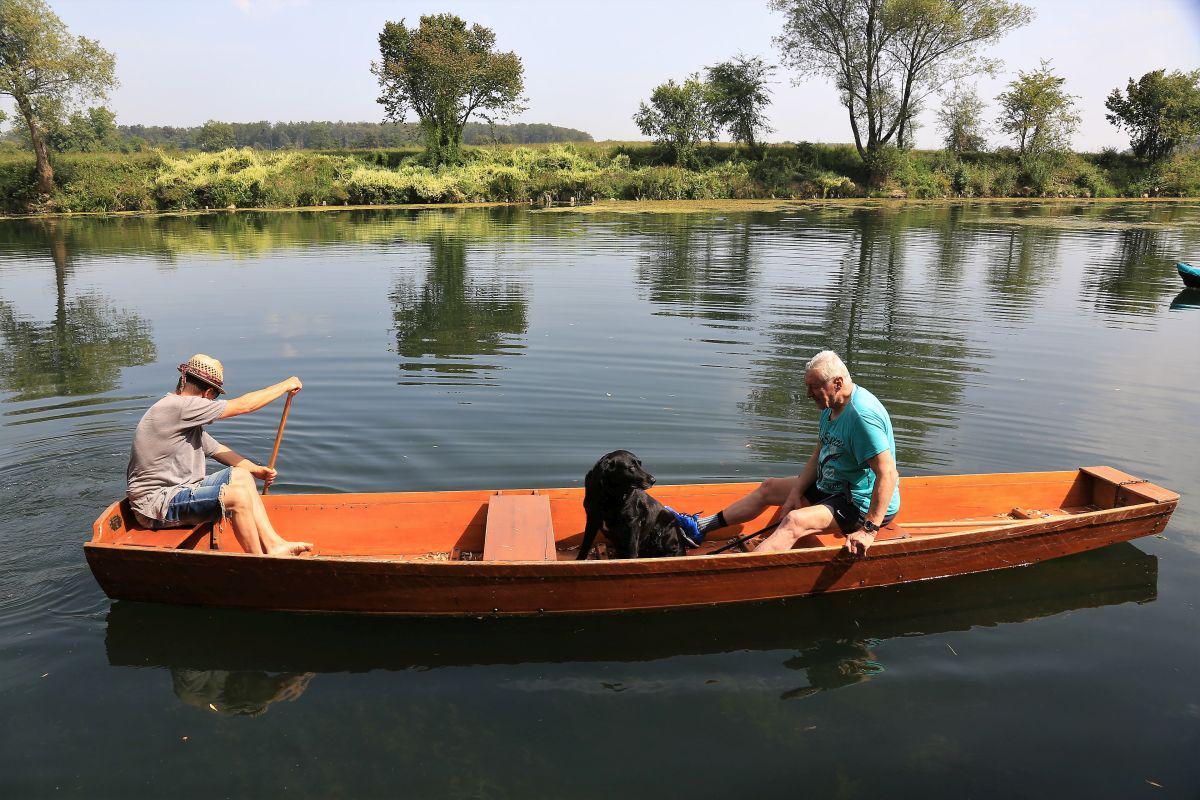
The square-bottomed boats were not sleek or especially maneuverable, but they were built by local carpenters to be sturdy and stable. They were made of oak and spruce wood, the latter from the nearby Gorjanci Range, and could hold as many as six people. The boats were used both for recreation and transport.
Between the two World Wars, a local master named Alojz Gruden improved the Kostanjevica boat, giving it a sleeker shape; he also made it much more maneuverable. The design of the new boat became famous far beyond the town itself.
After World War II, however, the Kostanjevica boat was largely replaced by mass-produced plastic boats. Concerned by this development, a local man named Marjan Jerele recently decided to revive the traditional design. He partnered with a local carpenter who had worked on Kostanjevica boats many years ago, as well as a boat maker from the town of Bled. The team has restarted the production of the classic design. They even use the traditional materials that have proven to be ideally suited for boatmaking.
The revived Kostanjevica boats have been featured at several fairs, and Jerele’s company is already establishing links with makers of traditional watercraft in various European countries. Despite its list price of approximately 2000 euros, the boat has attracted considerable interest from both private users and the Posavje Museum in Brežice, which has launched an effort to have the design officially recognized as cultural heritage. Some of the boas are already appearing around Kostanjevica, where they are increasingly seen as a symbol of the old town on the banks of the Krka River.

































































